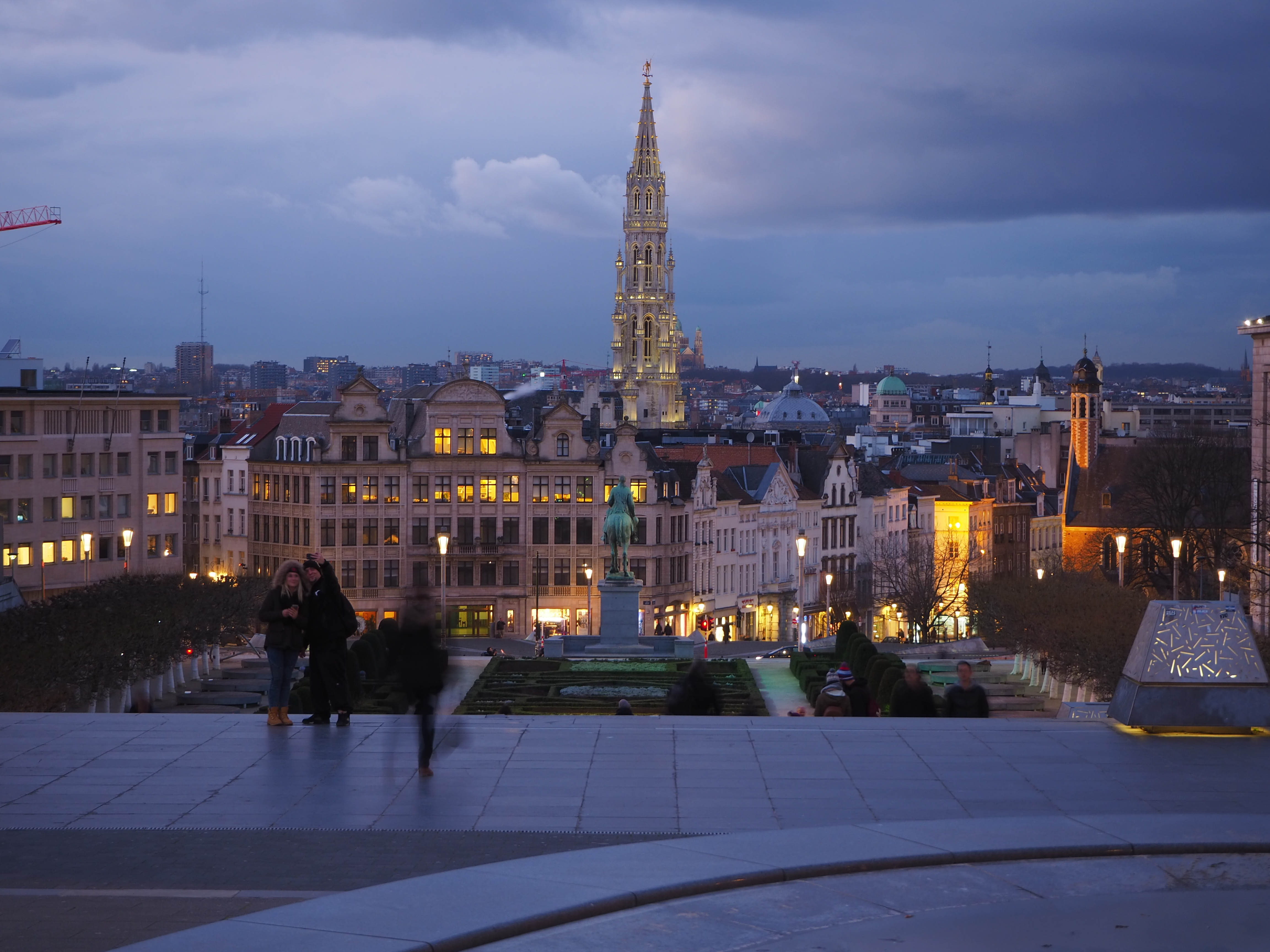Significantly reducing the textile industry’s environmental footprint will require a radical shift in its business model: from one based on selling ever-more new products to one based on waste prevention and resource sufficiency.
If exponentially more new clothing is sold every year, the total negative impact of the industry will continue to increase – regardless of developments in technology to recycle textile waste into new yarns and fabrics, or greater uptake of lower-impact production techniques.
This means that we must reduce the amount of new textile products made from virgin resources entering the economy in the first place.
META takes inspiration from some best practices based on reusing, repairing and remaking. Governments must champion policies that allow best practices like these examples to thrive and become the new norm.
Reusing: sharing and swapping

The Lena Fashion Library in Amsterdam asks us to rethink ownership of our clothing through its lending service for fashion where people can check out clothes just as they would a book. The Irish rental platform Sharedrobes is a ‘peer to peer’ model, allowing users to make money by renting their clothes to others. Swapsies in Ireland and Swap Party in Slovenia organise clothing swap events, and on the Irish app NuWardrobe everything is ‘for share’ not for sale.
Repairing: at home and in-store

Some brands have pioneered repair schemes. The Swedish denim brand Nudie Jeans has a network of repair shops and partners around the world where their customers can take their jeans when they are ripped and torn. German outdoor brand Vaude has both an in-house repair service and it makes repair manuals (as well as spare parts) available online so customers can repair products themselves. Pool is a small Belgian social enterprise that works to extend the life of clothing through consumer education workshops on how to repair your clothes.
Remaking: upcycling and remanufacturing

There are many examples of companies and small designers that take textiles otherwise destined for incineration or landfill, disassemble them and remake them into something new, often known as ‘upcycling’ – Isatio is a small brand which has pioneered the concept in Belgium. Perhaps one of the most inspiring examples has to be French company La Tête dans les Nuages which takes retired hot air balloons and turns them into multi-coloured bean bags – putting the ‘up’ into upcycling. The company also creates employment opportunities for people who have experienced exclusion from the labour market.


